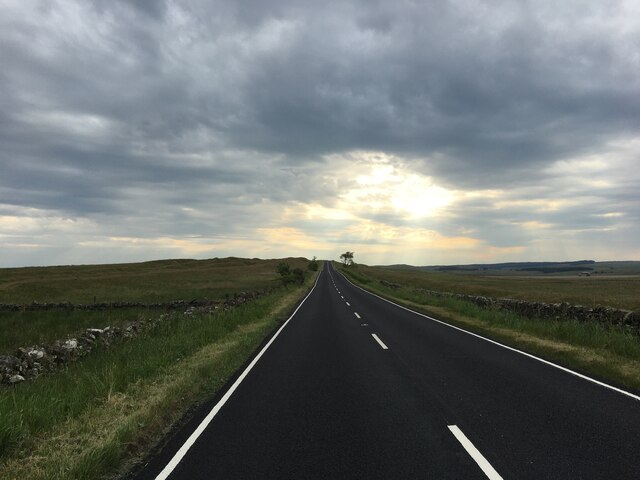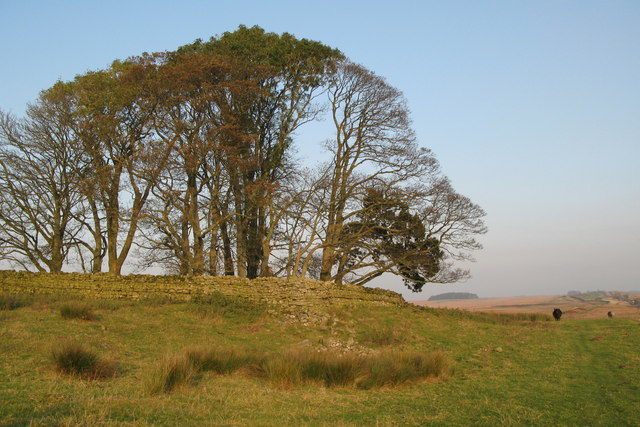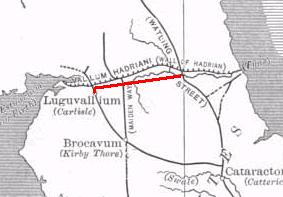Archers Wood
Wood, Forest in Northumberland
England
Archers Wood
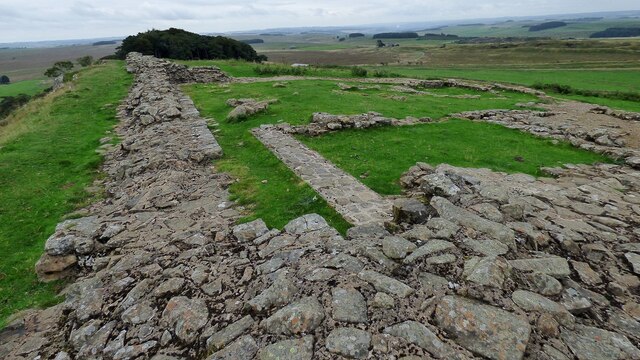
Located in the county of Northumberland, Archers Wood is a captivating forest that encompasses an area of approximately 300 hectares. This enchanting woodland is nestled within the picturesque Northumberland National Park, renowned for its natural beauty and diverse wildlife. Archers Wood is positioned near the small village of Alwinton, providing visitors with easy access and a tranquil retreat from the hustle and bustle of everyday life.
The forest boasts a mixture of deciduous and coniferous trees, creating a rich and varied ecosystem. Towering ancient oaks, beeches, and birches stand proudly alongside majestic Scots pines, offering a harmonious blend of colors and textures throughout the seasons. The forest floor is adorned with a tapestry of vibrant wildflowers, including bluebells and wood anemones, adding to the area's allure.
Archers Wood is a haven for wildlife enthusiasts, providing a sanctuary for various species. Birdwatchers can delight in spotting rare and indigenous birds such as red kites, buzzards, and woodpeckers, while keen-eyed visitors may catch a glimpse of roe deer or red squirrels among the trees. The forest also teems with smaller mammals, including voles, shrews, and bats.
Visitors to Archers Wood can explore a network of well-maintained walking trails, allowing them to immerse themselves in the natural splendor of the forest. These paths cater to all abilities, with options for leisurely strolls or more challenging hikes. Along the way, informative signposts provide interesting facts about the woodland's history, flora, and fauna.
Archers Wood offers a serene and idyllic setting for those seeking a peaceful escape into nature. Its captivating beauty and abundant wildlife make it a must-visit destination for nature lovers and outdoor enthusiasts alike.
If you have any feedback on the listing, please let us know in the comments section below.
Archers Wood Images
Images are sourced within 2km of 55.027049/-2.2818995 or Grid Reference NY8270. Thanks to Geograph Open Source API. All images are credited.





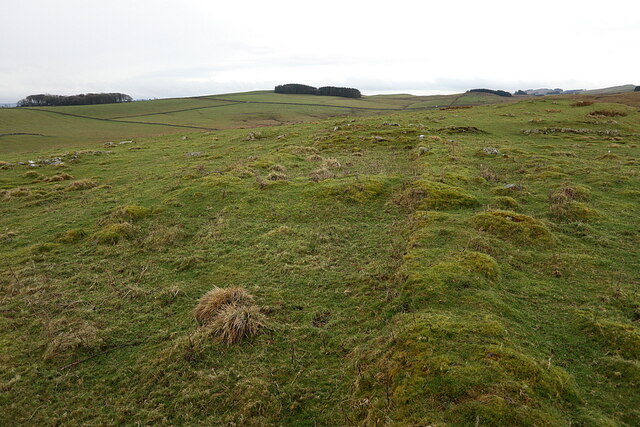
Archers Wood is located at Grid Ref: NY8270 (Lat: 55.027049, Lng: -2.2818995)
Unitary Authority: Northumberland
Police Authority: Northumbria
What 3 Words
///imitate.chairing.objecting. Near Haydon Bridge, Northumberland
Nearby Locations
Related Wikis
Nearby Amenities
Located within 500m of 55.027049,-2.2818995Have you been to Archers Wood?
Leave your review of Archers Wood below (or comments, questions and feedback).




